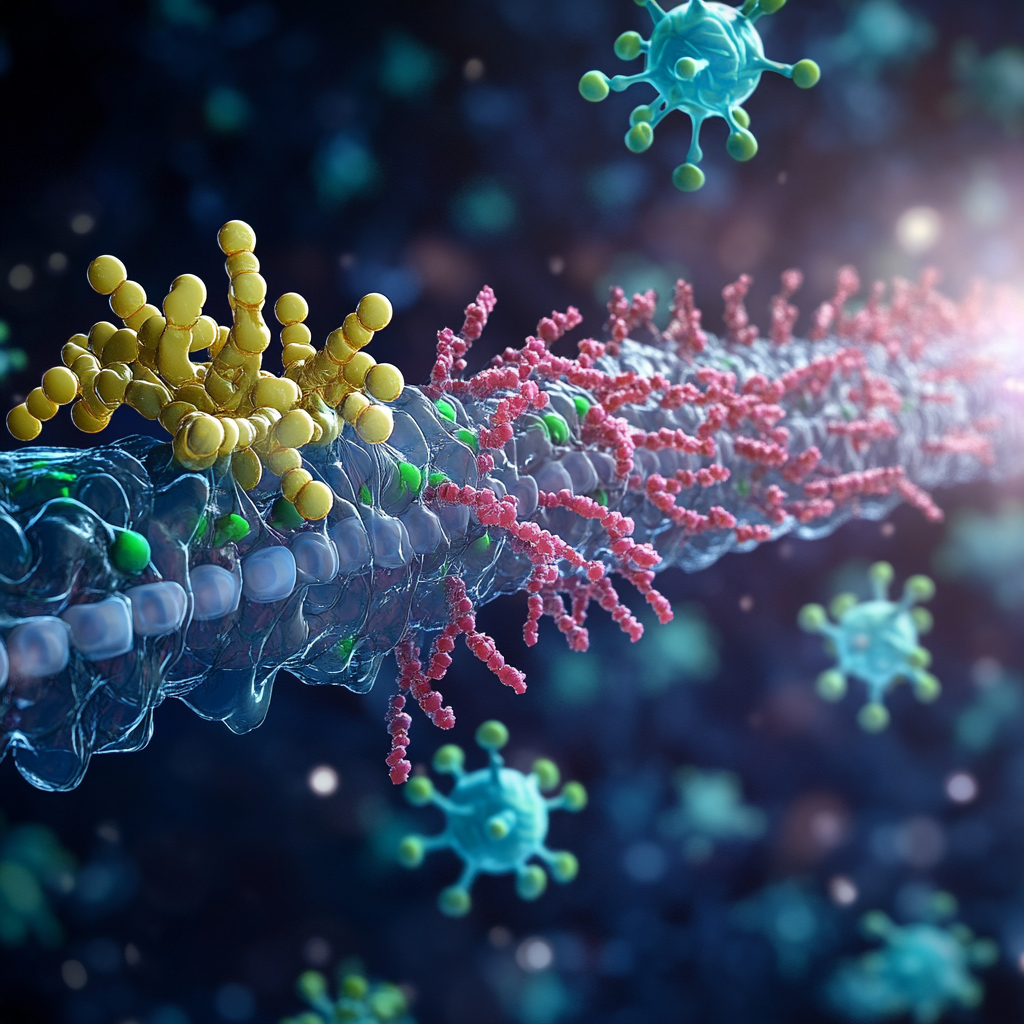Ketamine’s Targeted Action in the Brain Brings New Hope for Depression Treatment
Over the past few decades, ketamine has emerged as a groundbreaking treatment for depression, especially for those who haven’t found relief with traditional methods. Originally an anesthetic, ketamine’s unique brain effects make it one of the few drugs able to rapidly reduce symptoms of depression in hours. A recent study sheds new light on how ketamine achieves this, targeting specific areas of the brain in a way that could lead to more precise and effective depression treatments.
The Brain’s “Anti-Reward Center”
Researchers have long been curious about where ketamine acts in the brain to produce its antidepressant effects. This recent study, led by Dr. Hailan Hu and her team, focused on a brain region called the lateral habenula (LHb), sometimes nicknamed the “anti-reward center” because it’s activated by negative experiences like disappointment. The LHb tends to be overly active in people (or animal models) with depression, making it a prime target to explore.
How Ketamine Acts on the Brain
Ketamine is a blocker of NMDA receptors, a type of receptor found in many parts of the brain that responds to signals by allowing ions to pass in and out of neurons, crucial for brain communication. When the LHb is overactive, these NMDA receptors “fire” more frequently, which contributes to feelings of despair. Ketamine, because of its unique properties, can block these receptors, calming this “machine gun” firing of neurons.
Why Ketamine Targets the LHb Over Other Regions
In depressive-like conditions, the LHb is especially sensitive to ketamine because of its high level of baseline activity. This overactivity keeps NMDA receptors in the LHb open and ready for ketamine’s blocking effect. Interestingly, when researchers modified the activity levels of the LHb and other brain regions, they could “switch” the effects of ketamine from one brain region to another, revealing how ketamine’s actions are closely tied to the specific activity levels in the brain.
The Chain Reaction: LHb to Hippocampus
The LHb doesn’t work alone. In the study, after ketamine blocked the overactivity in the LHb, a secondary effect occurred: serotonin levels in the hippocampus—a key area for mood regulation—rose, and the production of molecules that support brain health increased. This reaction provides a potential explanation for why ketamine’s effects last longer than its presence in the brain.
The Road Ahead: Precision in Depression Treatment
Although ketamine’s antidepressant effects can be powerful, it isn’t perfect. It has risks, including potential for misuse and addictive qualities. Plus, it doesn’t work for everyone. This research opens the door to developing treatments that target the brain in a similarly specific way but with fewer side effects. Researchers are also exploring whether other methods, like brain stimulation, could achieve similar effects on the LHb without ketamine.
With millions affected by depression, finding more precise, effective treatments could make a world of difference.

